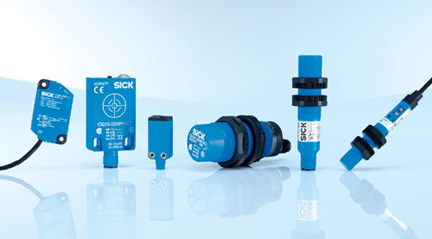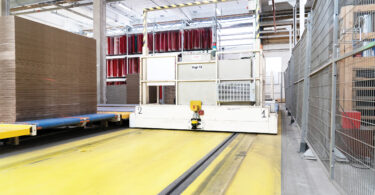Where are Capacitive Sensors Used?
 Capacitive proximity sensors are non-contact solutions used to detect liquids, bulk materials and other non-metallic objects behind surfaces, including walls, storage containers, or covers.
Capacitive proximity sensors are non-contact solutions used to detect liquids, bulk materials and other non-metallic objects behind surfaces, including walls, storage containers, or covers.
Capacitive sensors are most commonly used for level and feed monitoring applications in food and beverage, automotive and warehouse environments. Their resistance to harsh environmental factors, such as dirt, make them reliable for a variety of applications.
In particular, capacitive proximity sensors are ideal for detecting the following:
- Aggressive, contaminated media through plastic walls
- Objects that absorb a high amount of light, such as wafers
- Shiny or reflective objects, such as mirrors
- Objects through packages
Get the most out of your capacitive sensors
With a variety of application factors to consider, how can you make sure you're getting the most out of your capacitive sensor? Check out the 4 tips below:
SICK offers a range of capacitive proximity sensors with sensing ranges from 1 to 25 mm. For more information about SICK's entire portfolio of capacitive proximity sensors, download this overview of Capacitive Proximity Sensors.
Want to learn more about this solution?





